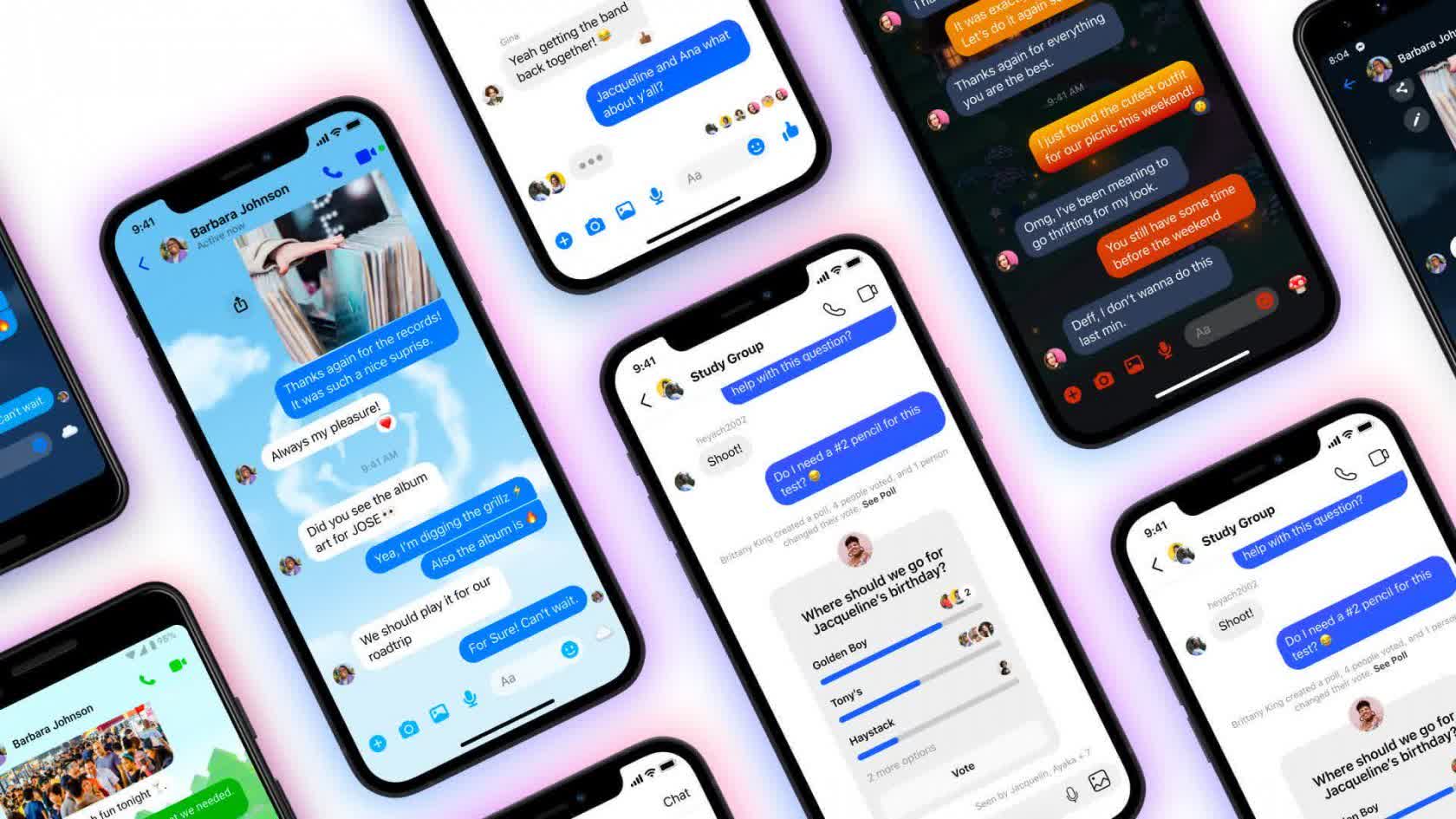Why it matters: Staying in contact with friends and family through messaging services usually means staying where everyone else is or switching between multiple clients like iMessage, WhatsApp, Telegram, Facebook Messenger, or others. For years, the Matrix.org Foundation has been trying to establish an alternative environment that allows different clients to interact.

The non-profit organization developing Matrix seeks to provide an open messaging standard that other groups can use to build communication infrastructure. Some government institutions and other organizations have already started using the protocol to build custom messaging apps which offers advantages over relying on the main tech giants.
Users on any messaging service built on Matrix can potentially communicate with users on other Matrix-based clients. That openness could allow people to stick with the software they prefer instead of the one where all their friends are.
The developers liken their project to email, which originally didn't allow sending messages between different services. The Foundation wants messaging apps to become as interoperable as Gmail and Microsoft Outlook.

The flagship Matrix-based app – Element – exemplifies another of the protocol's advantages: anyone setting up networks through Element can establish chat servers that they own without cutting themselves off from other Matrix-based services. This lets companies and other organizations easily build internal chat systems without relying on established giants like Slack, Discord, WhatsApp, or others to manage their data. Germany's military and national healthcare systems have already used Matrix to develop independent messaging systems that are interoperable with others.
Matrix's goals also align with those of the European Union's recently-enacted Digital Markets Act (DMA). In addition to trying to soften the barriers between big tech's walled gardens, the EU designed the DMA to encourage interoperability between services.
One effect of the regulation is that smaller upstart services wouldn't be completely blocked from the user bases that larger established players have locked in. The Matrix protocol could be a path to achieving the DMA's goal regarding messaging services.
So far, Matrix has let groups build new chat clients that can talk to each other, but bringing that functionality to the popular services is a bit more complicated. The Foundation has devised multiple methods of "bridging" messaging between platforms like Facebook Messenger, Discord, and LinkedIn. One involves delivering messages from one platform to another through bots, while another could let users "double-puppet" accounts on two different clients.
https://www.techspot.com/news/97139-matrix-protocol-trying-break-down-walls-between-messaging.html